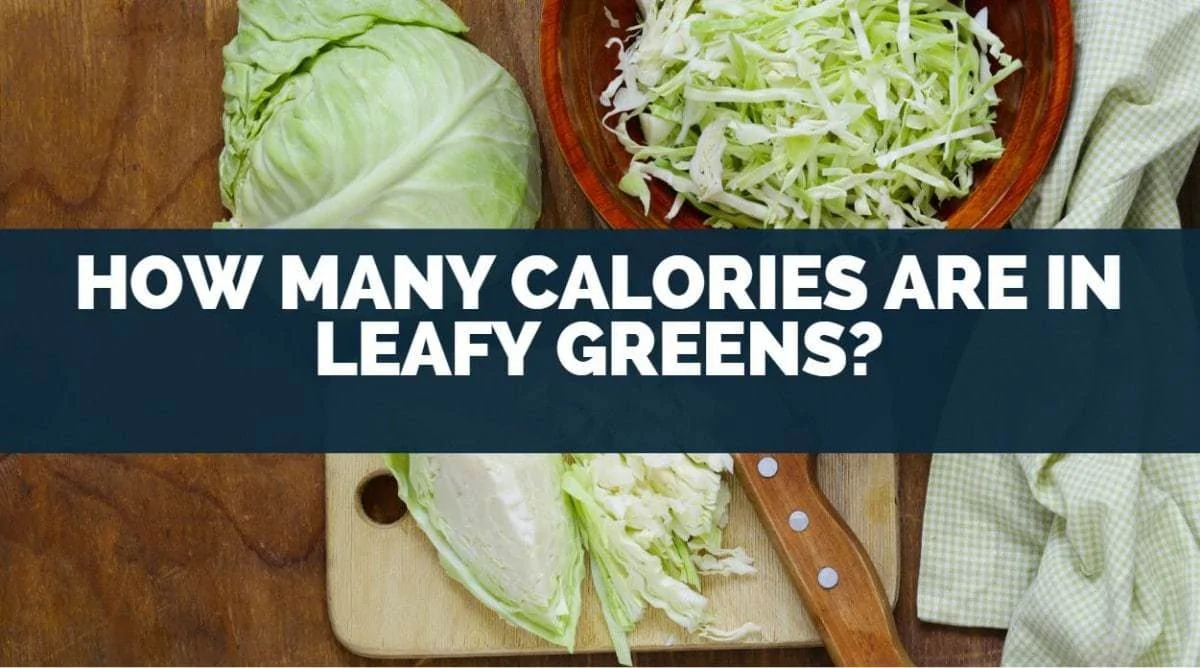
Are you looking for healthy, low-calorie meal options? You might want to take a look at leafy greens.
They are low-calorie foods and have an abundance of nutrients and minerals that will help you maintain optimal health.
Examples of low-calorie leafy greens are watercress with four calories, beet greens with eight calories, Chinese cabbage with nine calories, spinach with seven calories, and leaf lettuce with four calories.
These are measured per cup.
The rest of the article will share with you the calorie content of your favorite leafy green vegetables, the best leafy greens for weight loss, and leafy greens that are low carb.
Table of Contents
Calorie Content in 1 Cup of Leafy Greens
Knowing the calorie content of each leafy green vegetable would help you better integrate it into your diet.
The calorie content of leafy greens varies with each vegetable, so you might need to independently evaluate each leafy green.
Watercress contains four calories per cup, beet greens eight calories per cup, spinach seven calories per cup, Chinese cabbage nine calories per cup, Swiss chard seven calories per cup, and leaf lettuce four calories per cup.
In the rest of this section, you’ll learn the calorie content of some of the common leafy greens and their added nutritional benefits.
Watercress
The tiny watercress leaves are excellent for fulfilling your nutrient need while containing relatively low calories.
A cup of watercress contains four calories.
This low-calorie content makes it an ideal food source if you’re trying to lose weight or just checking your calorie intake.
The few calories in watercress don’t mean it’ll leave you malnourished.
Each cup of watercress contains enough nutrients to contribute to your daily calorie needs.
Benefits of Watercress
The CDC ranks watercress as number one on their list of powerhouse fruits and vegetables.
They recommend consumption of these powerhouse vegetables and fruits because of their relationship with reducing chronic conditions.
The alpha-lipoic acid in watercress has antioxidant properties and helps reduce oxidative damage.
This antioxidant effect of watercress makes it particularly useful in managing diabetes.
It also contains potassium, calcium, and magnesium, contributing to lowering blood pressure and improved bone health.
Beet Greens
Beet greens are a low-calorie leafy vegetable that you could consider including in your diet. A cup of beet greens contains eight calories.
That’s well within a reasonable range if you’re looking for low-calorie vegetables for your next meal.
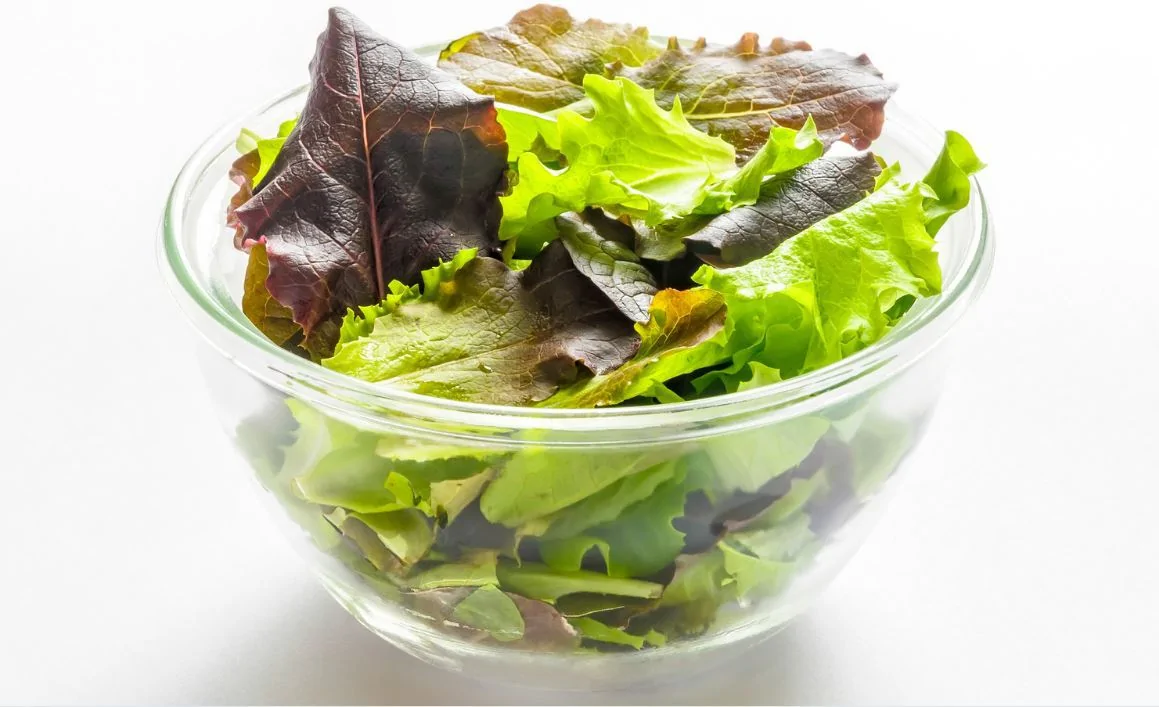
According to the CDC, beet greens are also a nutritional powerhouse, and you would be enjoying loads of nutritional benefits from consuming them.
Benefits of Beet Greens
Beet greens contain lots of nutrients so that you can get a significant portion of your nutrient requirement from beet greens consumption.
There’s a substantial amount of beta carotene and lutein in beet greens that contribute to improving eyesight.
You might also appreciate the high iron content in beet greens. Beet greens have higher iron than spinach, and their vitamin B6 content also contributes to the formation of red blood cells.
Your skin might also enjoy beet greens in your diet because of their vitamin C content. Vitamin C also helps with wound healing and promotes liver health. Vitamin C is also essential for collagen formation, so it’s vital for glowing skin care.
Chinese Cabbage
Chinese cabbage is also known as Bok choy, is a healthy, low-calorie vegetable you might want to include in your diet.
Each cup of Chinese cabbage contains only nine calories. However, the nutritional benefits of Chinese cabbage far exceed its calorie content.
Beyond its contribution to weight loss, Chinese cabbage has numerous health benefits that place it on this list.
Chinese cabbage is easy to include in almost any diet. Its low-calorie content and low carbs content mean you can have it in your weight loss diet without significantly affecting your calorie deficit goals.
Benefits of Chinese Cabbage
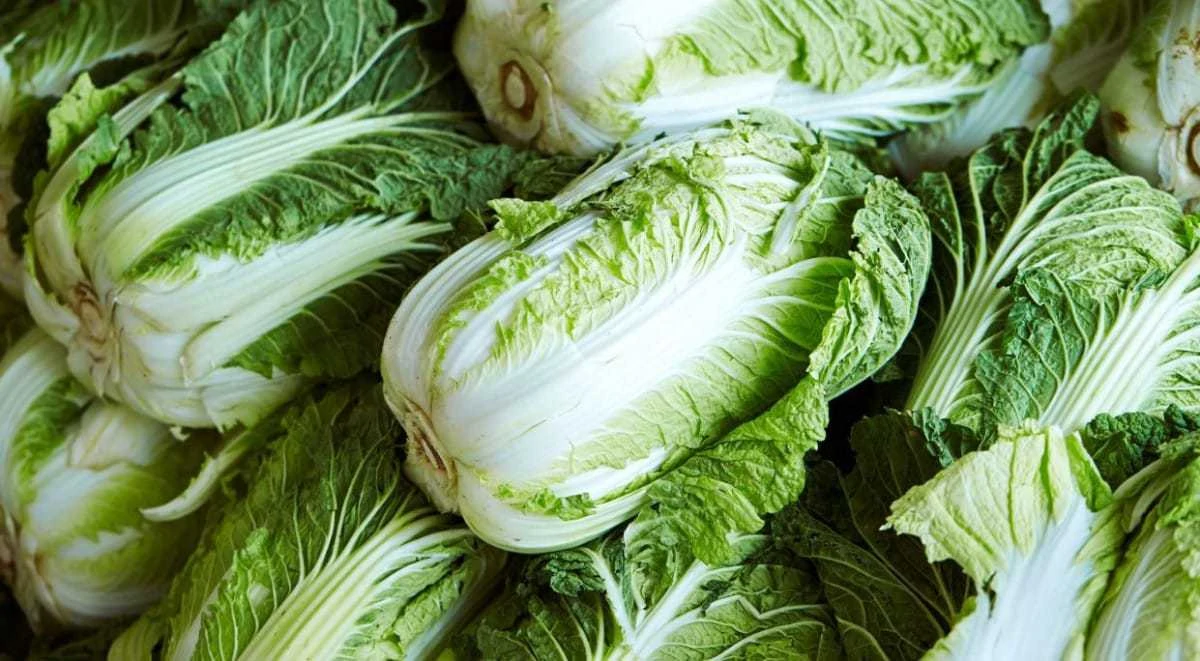
Fortunately, with Chinese cabbage, you won’t be missing out on your daily nutritional needs.
A single serving of Chinese cabbage is enough to provide 60% of your daily vitamin A needs.
This vitamin A content makes it most excellent for improving eyesight.
Consuming nutrient-dense vegetables such as Chinese cabbage could help manage or prevent chronic conditions. Chinese cabbage contains selenium, which has anti-inflammatory and detoxification properties.
Spinach
Spinach is one of the most popular vegetables, and you might want to include it in your low-calorie diet.
Each cup of spinach contains seven calories.
What makes spinach truly special is that it’s nutrient-dense.
It’s easy to slide spinach into most diets, including your low-calorie meal plan. You can include spinach in smoothies, salads, soups, etc.
Benefits of Spinach
Spinach is rich in nitrates, which are excellent for blood pressure regulation. Nitrates could also encourage heart health.
Zeaxanthin and liver carotenoids in spinach also contribute to maintaining eye health.
Spinach contains antioxidants that help reduce free radicals and prevent oxidative damage.
Oxidative stress might encourage aging, cancer, or diabetes.
The vitamin K content of spinach is crucial for the development of healthy bones.
However, you might need your dietitian’s advice if you’re on blood thinners because vitamin K promotes clotting.
Swiss Chard
Swiss chard is closely related to spinach and beets. It’s another excellent low-calorie vegetable.
A cup of Swiss chard contains only seven calories. With Swiss chard, you’d be getting your needed nutrition without the calorie counter tipping over.
Benefits of Swiss Chard
Swiss chard is high in vitamin K making it excellent for promoting bone health.
People who eat vitamin K rich diets such as Swiss chard might have higher bone density and lower osteoporosis chances. It is also rich in magnesium, potassium, and calcium, contributing to lower blood pressure and cardiovascular health.
The excellent fiber content of Swiss chard helps with maintaining digestive system health. Healthy fiber intake could also help manage diabetes. Swiss chard also contains antioxidants that help with reducing oxidative stress.
Leaf Lettuce
Lettuce might be a standard meal in our homes, but sometimes we might underestimate its health benefits.
First, leaf lettuce is a low-calorie nutritious vegetable that you can include in various meals. A cup of red leaf lettuce contains four calories.
This low-calorie content makes it excellent for getting your needed nutrition while trying to lose weight.
Benefits of Leaf Lettuce
Leaf lettuce consists of 95% water making it excellent for staying hydrated. It’s also an excellent source of vitamin A to improve your eyesight.
Leaf lettuce contains folate, which helps prevent neural tube defects in fetuses.
Thus leaf lettuce is excellent for pregnant women. Lettuce might also contribute to lowering cholesterol, diabetes, and inflammation.
Do Leafy Greens Help You Lose Weight?
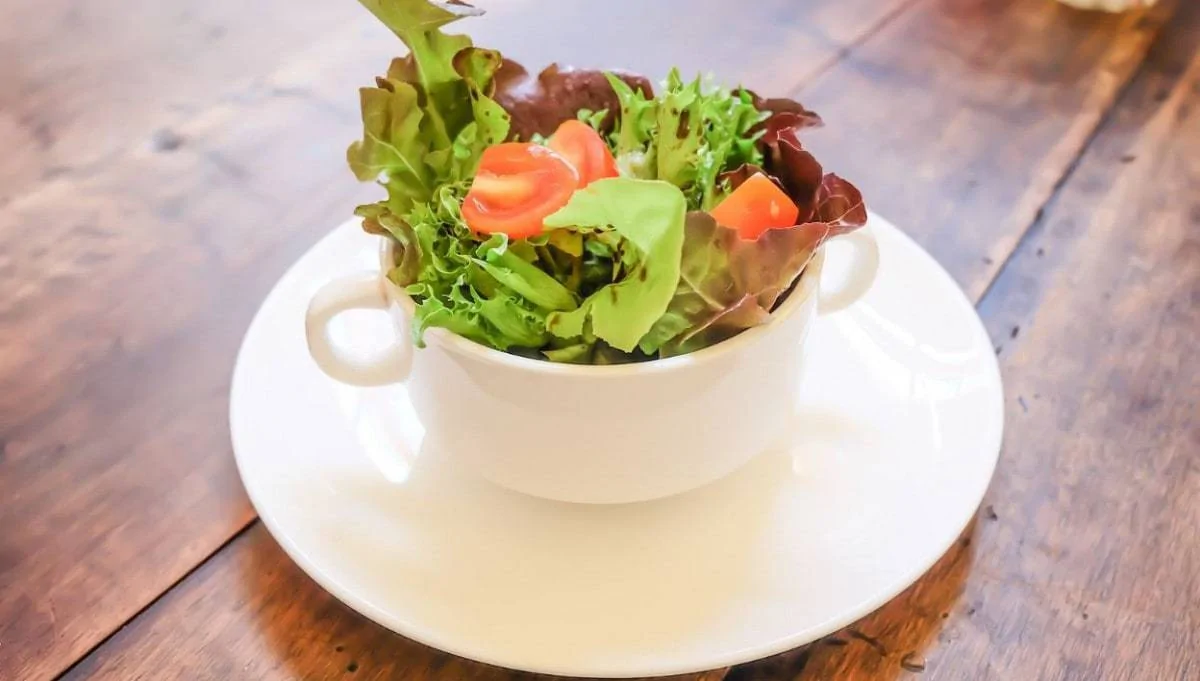
If you’re trying to lose weight, your diet is vital to the process. Consider a weight loss diet that supplies your daily nutrient needs to ensure good health while losing weight.
Leafy greens help lose weight due to their low-calorie content and high fiber content.
Fiber helps keep you full, so you don’t overeat.
The low carbohydrate and calories help you meet your calorie deficit for weight loss.
In addition to leafy greens’ contribution to weight loss, it ensures you meet your daily nutrient requirements.
You can include these leafy greens in your diet as smoothies, wraps, garnishes, or salads. Some of the best leafy greens for weight loss are:
- Watercress
- Kale
- Spinach
- Leaf lettuce
- Beet greens
What Leafy Greens Are Low Carbs?
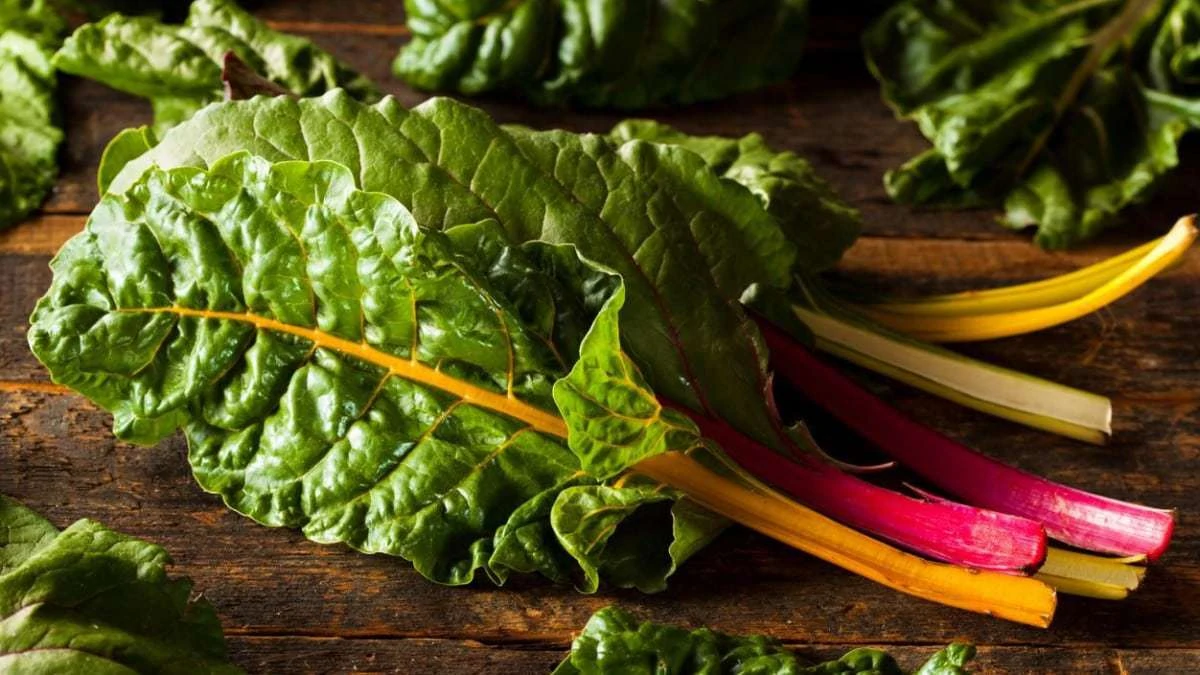
If you’re on a low carbs diet, you might want to include low-carbohydrate vegetables to ensure you’re getting your necessary nutrients.
Leafy greens low in carb include spinach, kale, lettuce, Swiss chard, and Chinese vegetables.
They also have lots of fiber that help keep you full and promote weight loss.
Simultaneously, leafy greens are nutrient-dense and help keep you healthy.
A low carbs diet typically contains less than 150g (5.291 ounces) of carbs daily. Sometimes the carbs content of low carbs diets goes as low as 20g (0.705 ounces) per day.
You can integrate leafy greens that contain less than 10g (0.353 ounces) of carbs into your diet without causing a significant increase in your carbs consumption.
Here are some common leafy greens and their carbs content per cup:
- Spinach: 1g (0.035 ounces)
- Watercress: 0.4g (0.014 ounces)
- Kale: 7g (0.247 ounces)
- Collard greens: 10.73g (0.378 ounces)
- Leaf lettuce: 1g (0.035 ounces)
- Chinese cabbage: 1.53g (0.054 ounces)
- Swiss chard: 7g (0.247 ounces)
What Is the Lowest Carb Lettuce?
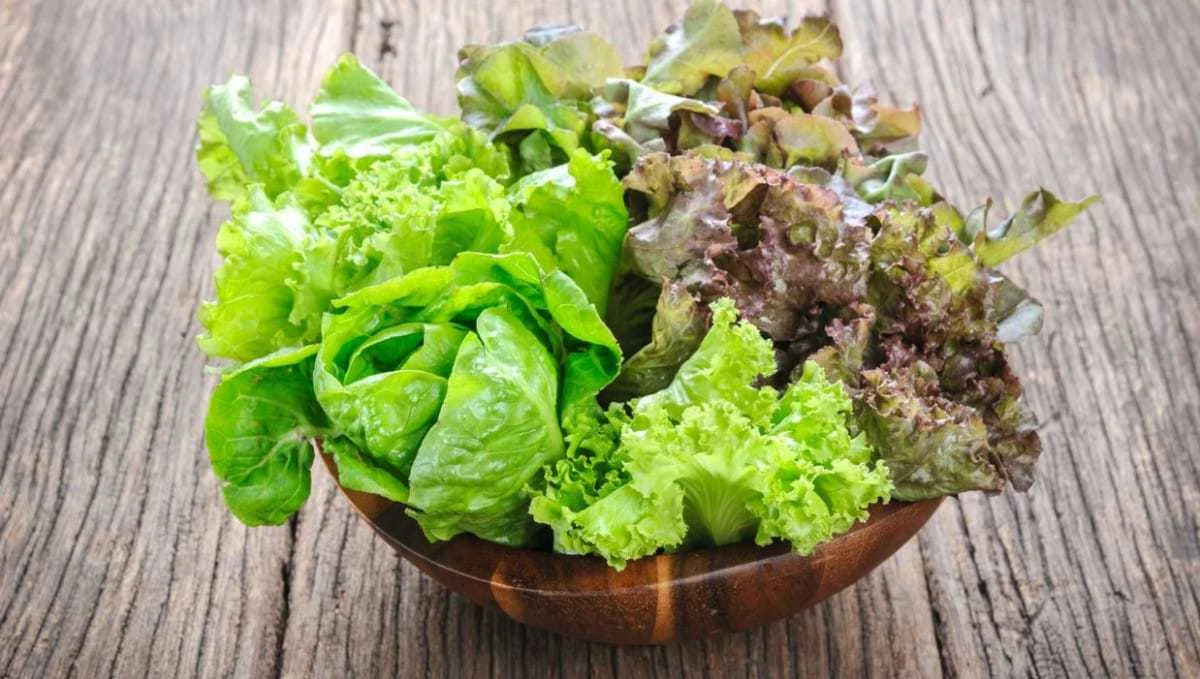
Lettuce is one of the lowest carb-containing leafy greens. Its rich nutrient composition makes it an excellent ingredient for a healthy low carbs meal.
The different lettuce types have varying carbs content.
The lowest carb lettuce is red leaf lettuce and butterhead lettuce.
Both lettuce varieties have 1g (0.035 ounces) of carbohydrate per cup.
Other low carbs lettuce varieties are iceberg lettuce and romaine lettuce, and they have 2g (0.071 ounces) of carbs each.
These lettuce varieties also have varying compositions of other nutrients.
They have slightly different amounts of other nutrients like proteins, sugars, vitamins, and minerals.
You can get the best low-calorie nutrition from lettuce by combining them with other healthy vegetables in salads.
Other meals where you can include lettuce are:
- Smoothies
- Sandwiches
- Wraps
- Juice
- Tacos
- Soups and stews
Final Thoughts
Leafy greens could be a nutritious addition to your low-calorie diet or weight loss diet plan.
They generally contain fewer calories, but this varies among vegetables.
Low calorie and low carbs left greens you might want to try out are:
- Spinach
- Beet greens
- Watercress
- Chinese cabbage
- Leaf lettuce


Leave a comment